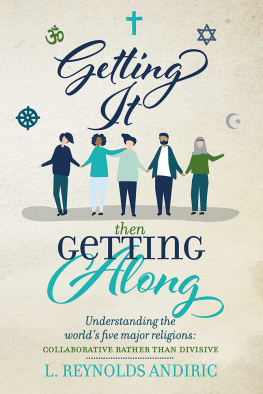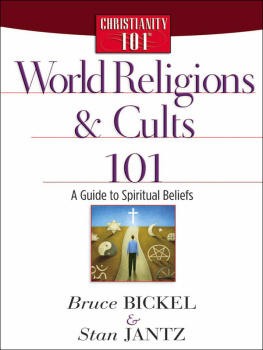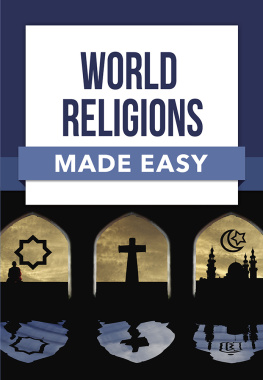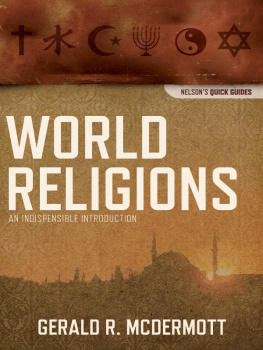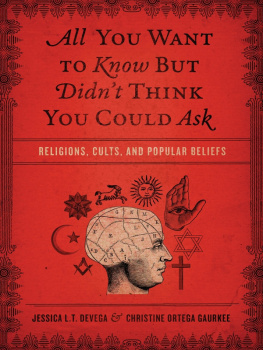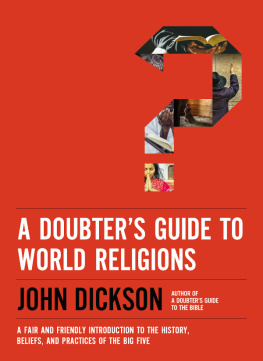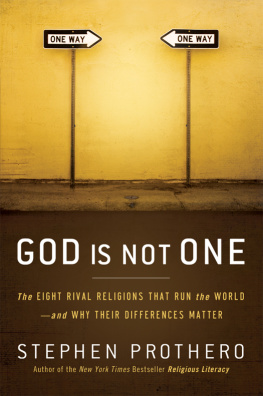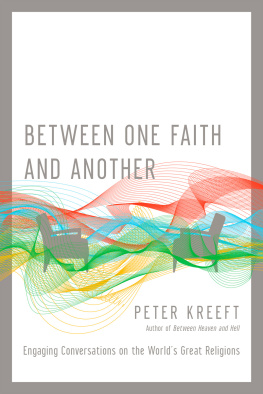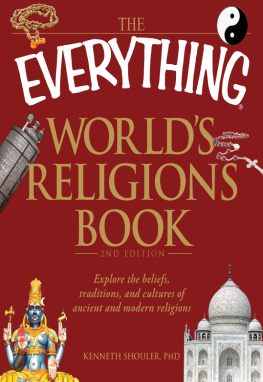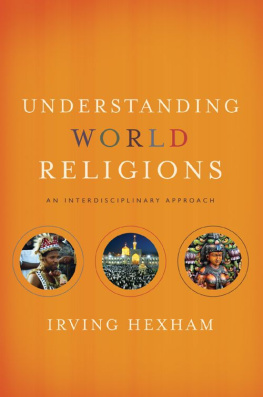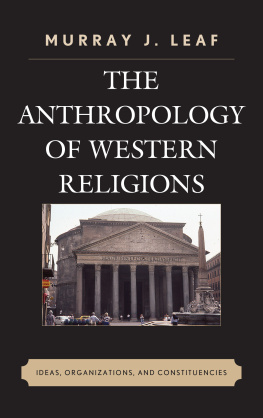L. Reynolds Andiric - Getting It, Then Getting Along: Understanding the worlds five major religions
Here you can read online L. Reynolds Andiric - Getting It, Then Getting Along: Understanding the worlds five major religions full text of the book (entire story) in english for free. Download pdf and epub, get meaning, cover and reviews about this ebook. year: 2019, publisher: BookBaby, genre: Religion. Description of the work, (preface) as well as reviews are available. Best literature library LitArk.com created for fans of good reading and offers a wide selection of genres:
Romance novel
Science fiction
Adventure
Detective
Science
History
Home and family
Prose
Art
Politics
Computer
Non-fiction
Religion
Business
Children
Humor
Choose a favorite category and find really read worthwhile books. Enjoy immersion in the world of imagination, feel the emotions of the characters or learn something new for yourself, make an fascinating discovery.
- Book:Getting It, Then Getting Along: Understanding the worlds five major religions
- Author:
- Publisher:BookBaby
- Genre:
- Year:2019
- Rating:3 / 5
- Favourites:Add to favourites
- Your mark:
Getting It, Then Getting Along: Understanding the worlds five major religions: summary, description and annotation
We offer to read an annotation, description, summary or preface (depends on what the author of the book "Getting It, Then Getting Along: Understanding the worlds five major religions" wrote himself). If you haven't found the necessary information about the book — write in the comments, we will try to find it.
Getting It, Then Getting Along
Understanding the Worlds Five Major Religions: Collaborative rather than Divisive
This is a book about the five religious philosophies and belief systems that the majority of the worlds populations follow. It is not one that proselytizes or presents dogma with the intent to convince the reader of the rightness or wrongness of one system or one belief over another. Neither does it insist that one must be religious or even believe in God to be a good person. The books purpose is to educate and provide an overview of the history, the evolution and the basic beliefs of those who practice one of the five religions.
For the most part, little is known about others religious beliefs in that spirituality is usually derived from ones own culture and heritage. This lack of knowledge can often lead to misconceptions about religious systems not familiar to us. As a result, our opinions and attitudes may be affected toward those who believe differently than we do. Social media can also cause confusion when the originator of a post may have a specific agenda and provide only the information that supports that purpose but is not objective or provide the whole truth.
With better understanding of others religious beliefs, it is hoped that greater tolerance for religious diversity will develop and respectful discourse and interactions will result. If this is possible for religious diversity, it may also be useful for other human diversities. A focus of the book is to promote compassionate behavior when dealing with differences with an outlook that our variances can be advantageous and may, in fact, allow for resolution of some of the planets most worrisome concerns. Different perspectives through different cultural lenses may together solve universal problems. The book further emphasizes that change begins with each individual and one by one as more tolerance, more respect and greater compassion toward others occurs; our world will become a kinder, gentler place.
After a beginning chapter that gives reference to many unfounded prejudices and misunderstandings that have led to todays intolerance and violence, each of five subsequent chapters focuses on one of the five major religions: Judaism, Christianity, Islam, Hinduism, Buddhist. From the advent of each belief system to how each religion is practiced today, the history and basic tenants of each religion are presented. Finally, it is left to the reader to decide if the commonalities of the religions described are not greater than their differences.
L. Reynolds Andiric: author's other books
Who wrote Getting It, Then Getting Along: Understanding the worlds five major religions? Find out the surname, the name of the author of the book and a list of all author's works by series.

